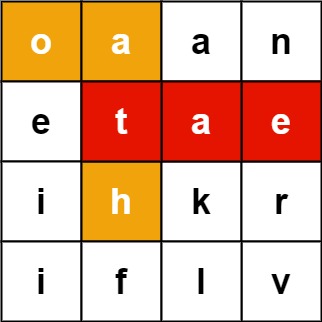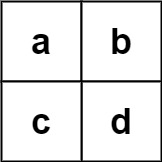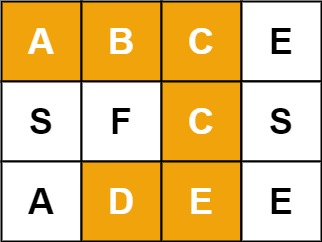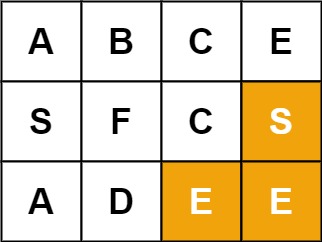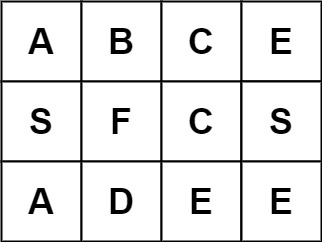You are given two integer arrays
nums1 and nums2 sorted in ascending order and an integer k.Define a pair
(u, v) which consists of one element from the first array and one element from the second array.Return the
k pairs (u<sub>1</sub>, v<sub>1</sub>), (u<sub>2</sub>, v<sub>2</sub>), ..., (u<sub>k</sub>, v<sub>k</sub>) with the smallest sums.Example 1:
Input: nums1 = [1,7,11], nums2 = [2,4,6], k = 3
Output: [[1,2],[1,4],[1,6]]
Explanation: The first 3 pairs are returned from the sequence: [1,2],[1,4],[1,6],[7,2],[7,4],[11,2],[7,6],[11,4],[11,6]
Example 2:
Input: nums1 = [1,1,2], nums2 = [1,2,3], k = 2
Output: [[1,1],[1,1]]
Explanation: The first 2 pairs are returned from the sequence: [1,1],[1,1],[1,2],[2,1],[1,2],[2,2],[1,3],[1,3],[2,3]
Example 3:
Input: nums1 = [1,2], nums2 = [3], k = 3
Output: [[1,3],[2,3]]
Explanation: All possible pairs are returned from the sequence: [1,3],[2,3]
Constraints:
1 <= nums1.length, nums2.length <= 10<sup>5</sup>
-10<sup>9</sup> <= nums1[i], nums2[i] <= 10<sup>9</sup>nums1 and nums2 both are sorted in ascending order.
1 <= k <= 1000注意事项:
- 类似于BFS模板,只不过是将queue换成heap。
- 将两数和加入到heap中,而不是下标的和(粗心)
Python代码:
1 | OFFSET = [(0, 1), (1, 0)] |
算法分析:
时间复杂度为O(k),空间复杂度O(1)。




